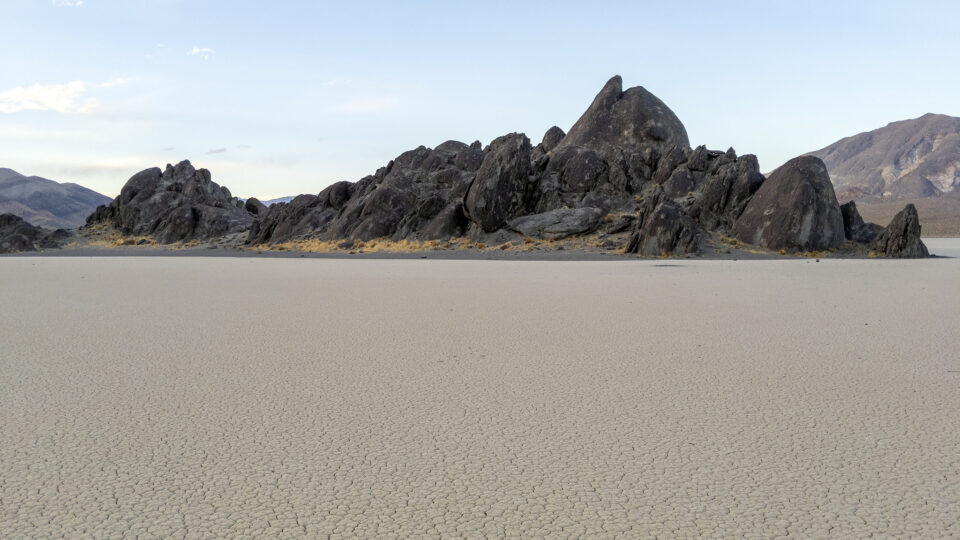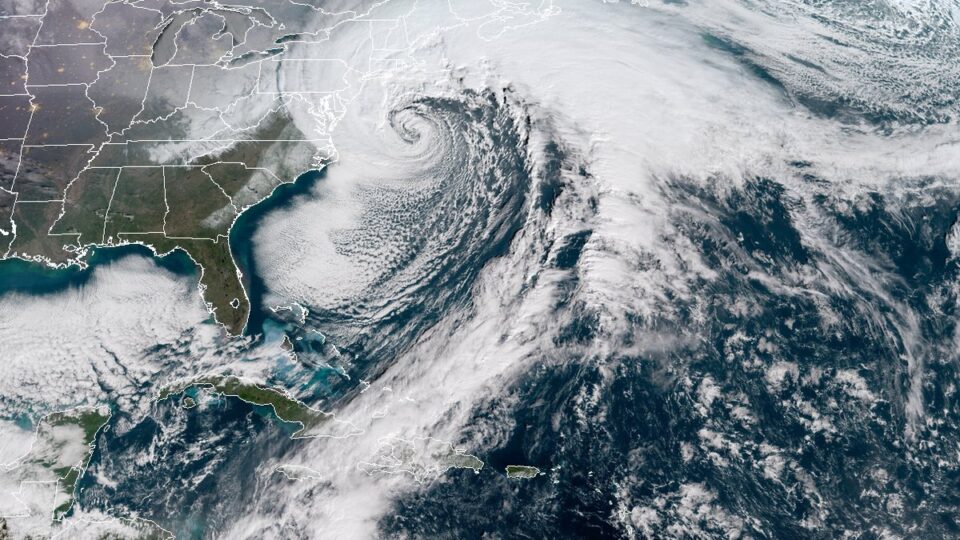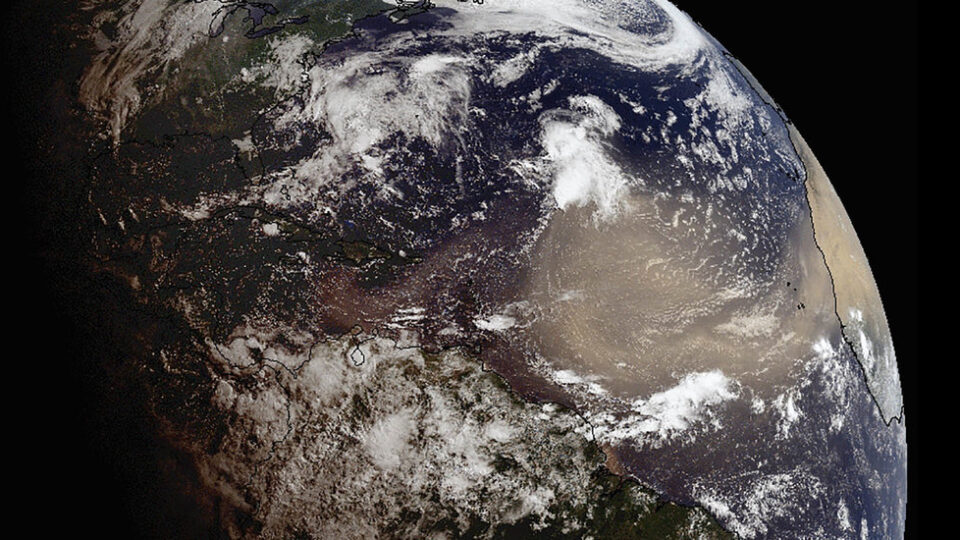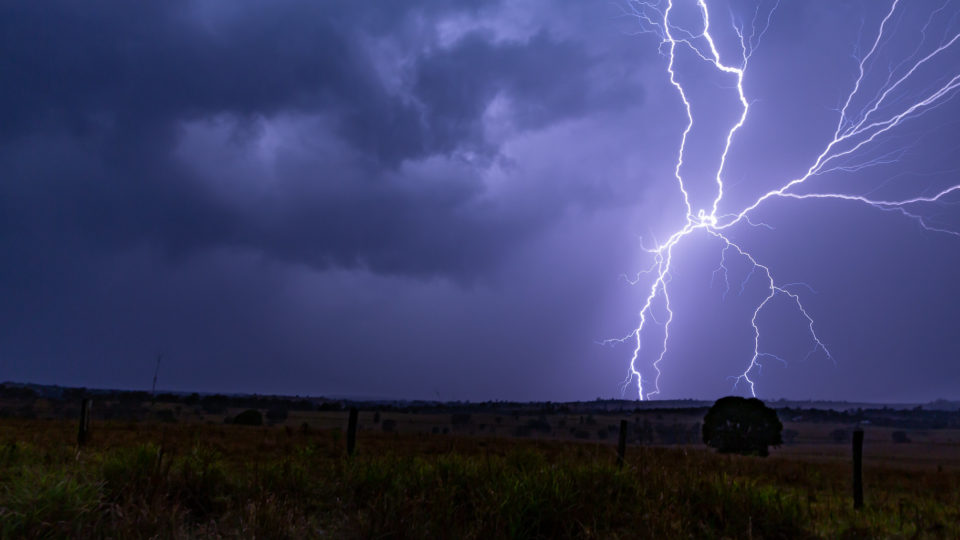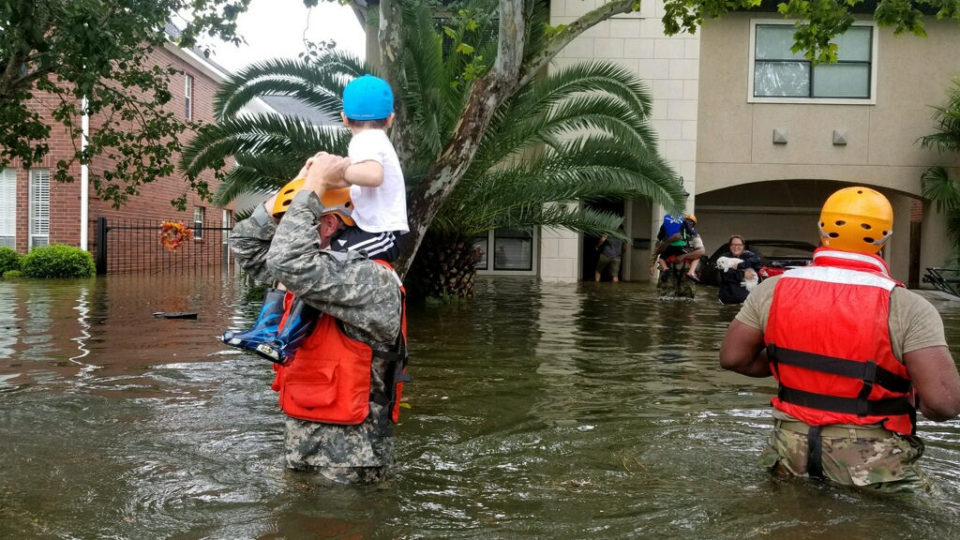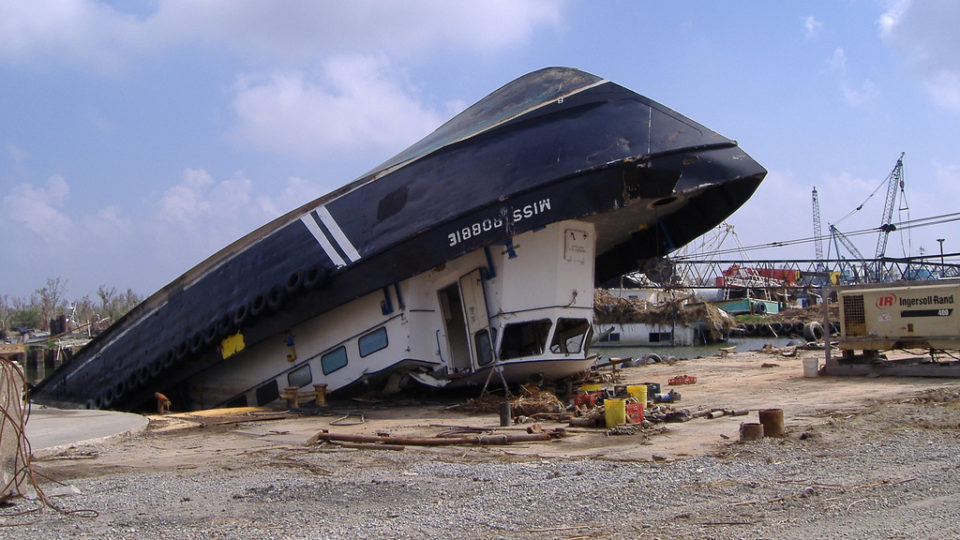Driving on snowy or icy roads can be pretty dangerous. That is why roads are salted or coated with sand to provide traction in icy weather. But excessive use of these substances is bad for the environment and sometimes a storm will blow in before the roads can be coated.
In a paper published in the American Chemical Society Journal ACS Omega, researchers in China describe a method of adding microcapsules filled with a chloride-free salt mixture to the asphalt with which roads are paved. The idea is to provide the road itself with long-term snow melting capabilities.
The researchers prepared a sodium-acetate salt and combined it with a surfactant, silicon dioxide, sodium bicarbonate, and blast furnace slag, which is a waste product from power plants. The substances were reduced to a fine powder and then coated with a polymer solution to form tiny microcapsules. The microcapsules were then used to replace some of the standard mineral filler in asphalt.
Lab experiments showed that the special additive lowered the freezing point of water on the asphalt to -6 degrees Fahrenheit. The researchers estimated that a 2-inch-thick layer of the anti-icing asphalt would be effective at melting snow for seven or eight years. A real-world pilot test of the coating on a highway offramp showed that it melted snow that fell on the road whereas an uncoated road required snow removal operations.
According to the researchers, given the cost of materials used for the coating and its potential useful lifetime, it could be a practical and economic enhancement for wintertime snow and ice removal. Maybe we’ll someday have roads that can fairly often deice themselves.
**********
Web Links
Keeping drivers safe with a road that can melt snow, ice on its own
Photo, posted April 8, 2007, courtesy of the Oregon Department of Transportation via Flickr.
Earth Wise is a production of WAMC Northeast Public Radio

